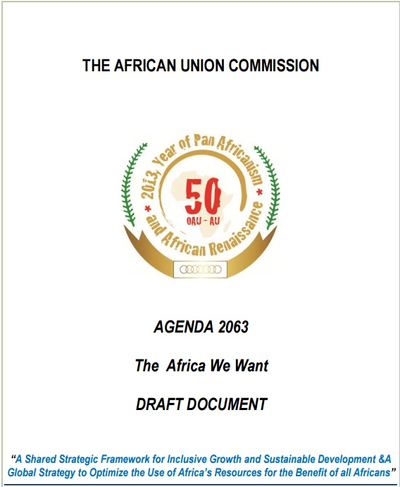
With more than half of Africans expected to live in cities by 2050, we need to turn urban areas into engines of development, African Economic Outlook says
More than half of all Africans are expected to live in cities by 2050, so policymakers must ensure this “megatrend” acts as a catalyst for development and growth, and does not result in millions of people eking out precarious existences in slums, according to the latest African Economic Outlook.
The study (pdf), produced by the African Development Bank (AfDB), theOrganisation for Economic Co-operation and Development and the UN’s Development Programme, said authorities must create inclusive growth, jobs, better housing and social safety nets, and improve links with rural areas to boost development in urban areas, now home to about 472 million Africans.
“As two-thirds of the investments in urban infrastructure to 2050 have yet to be made, the scope is large for new, wide-ranging urban policies to turn African cities and towns into engines of sustainable structural transformation,” the report said. “In order to seize this ‘urbanisation dividend’, a number of bold policy reforms are necessary.”
In 1950, 14% of Africans lived in urban areas compared with 40% today. By the mid-2030s, half are expected to live in cities and towns, with the proportion peaking at 56% around 2050. To put this in a historical context, it took Europe 110 years to move from 15% urban dwellers in 1800 to 40% in 1910.
Many urban dwellers are young – more than half of Africa’s population (pdf) are under the age of 18.5 and 19% are aged between 15 and 24 years old.
Young people have been variously described as a reason for hope or a potentialsource of instability. The report said nine out of 10 working young people in sub-Saharan Africa are poor or near poor, and yet the working-age urban population now supports more family members than comparative populations elsewhere.
Mario Pezzini, director of the OECD’s development centre, said urbanisation could drive development if there is simultaneous job creation and infrastructure investment.
“It is not possible to separate these issues … What we are really talking about is how do you create conditions and services, not only to provide a better quality of life, which is crucial, but also to create opportunities for economic development … If you don’t create infrastructure, the jobs will not be there,” he said.
African cities, unlike other agglomeration economies, often fail to reap the benefits that come when firms and people locate near one another, he added.
“Particularly in Africa, the problem is that you move people from rural areas to the cities and they remain in the same conditions … but now living in slums … If there are no advantages for people moving, urbanisation will not be synonymous with transformation.”
Despite a slowdown in growth after the commodity-led boom of recent years, Pezzini said the window of opportunity to get urbanisation right had not yet closed, noting that African growth rates are still relatively high. But investment is needed to turn youthful urban populations into a resource, rather than a risk.
“How do you break this cycle of marginalisation, that is putting people outside the mainstream, transforming them into agents against change?” Pezzini said.
The report estimated that, on average, African countries would need to spend 5-7% of gross domestic product, or a minimum of $100bn a year, on public infrastructure.
Read more: The Guardian – Africa’s urbanisation ‘megatrend’ needs to deliver growth, says report
Picture credit: Children play on plastic left over from the manufacture of flip-flops at a dump in the Dandora slum of Nairobi, Kenya. Photograph: Ben Curtis/AP


